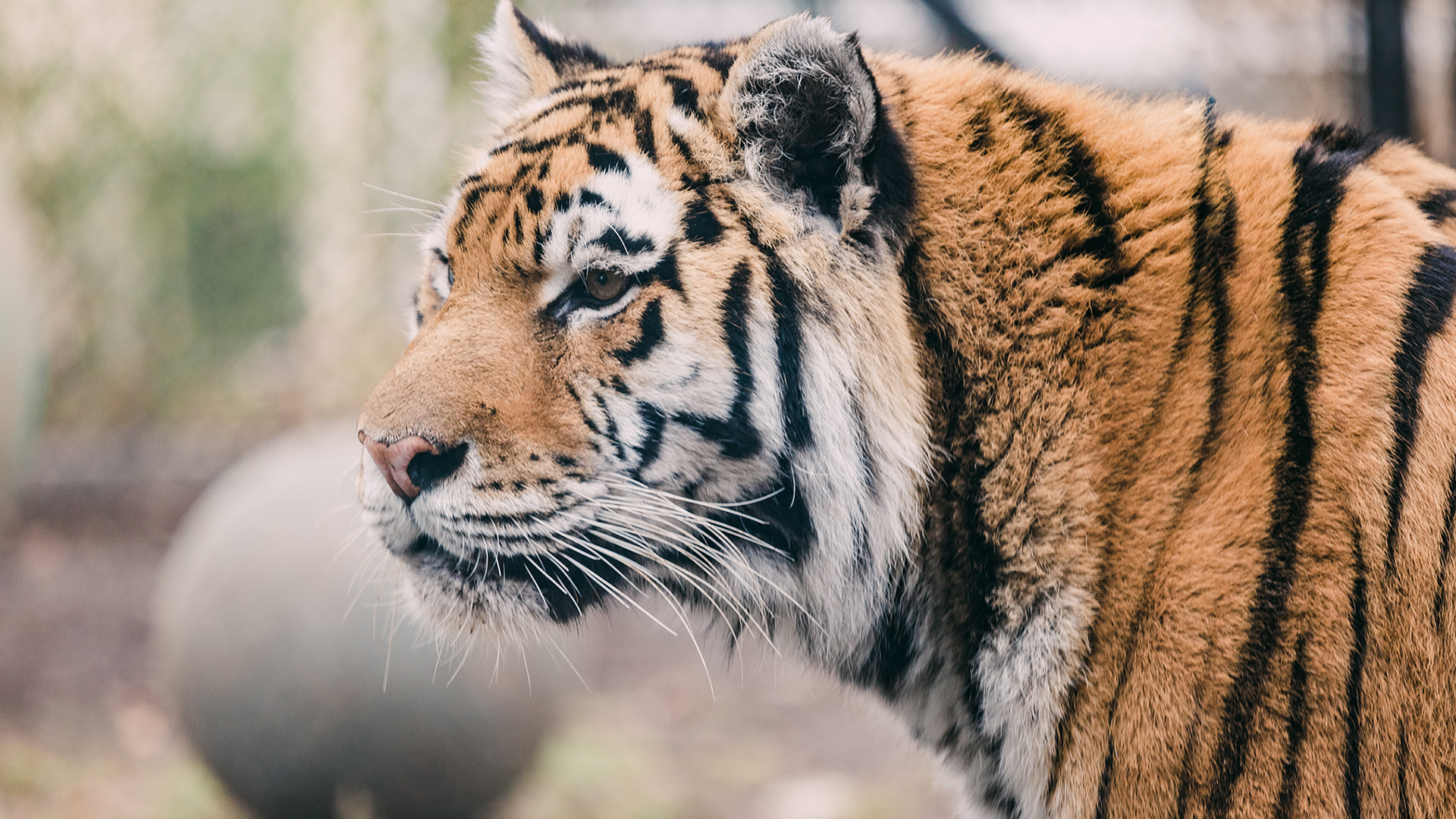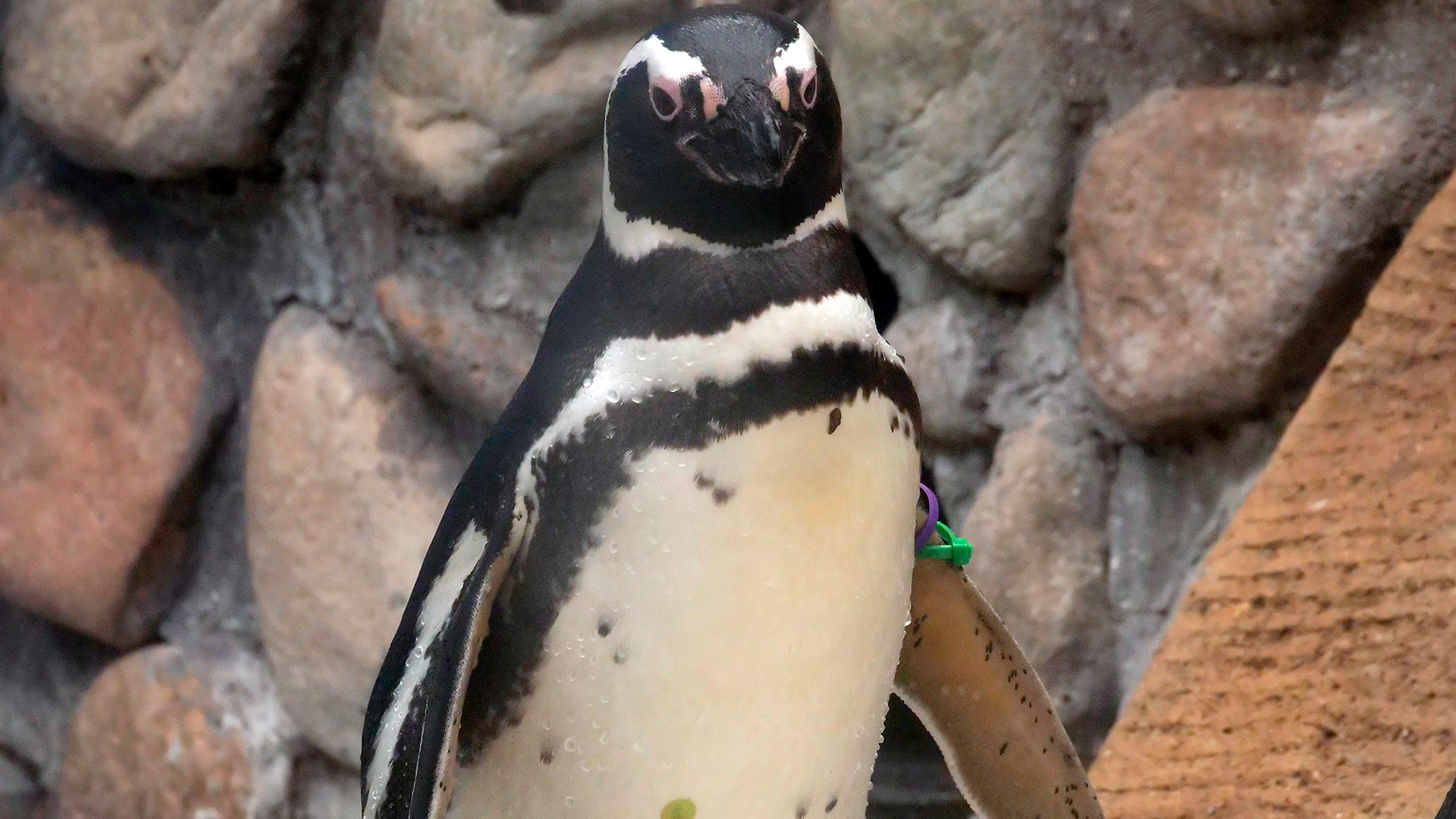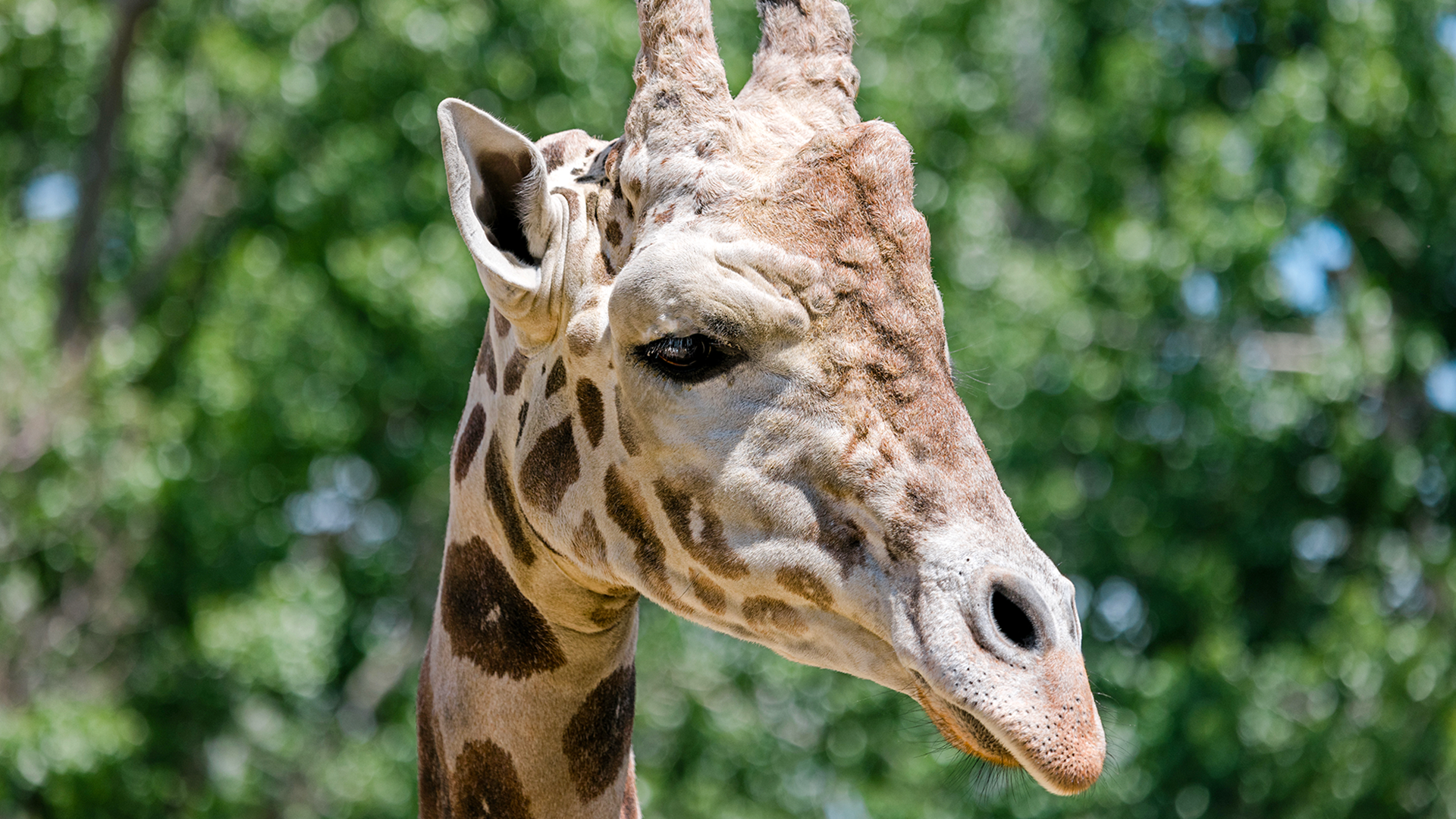Dancing machines!
Known for elaborate dance moves – head bobbing, leaping, deep bowing, running with wings flapping – sarus cranes are the tallest flying birds, standing nearly six feet tall. They also boast an impressive wingspan of eight feet long. Speaking of impressive, these cranes make loud trumpeting calls that can carry for several miles.




